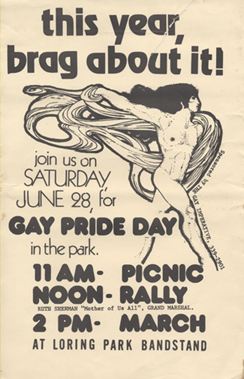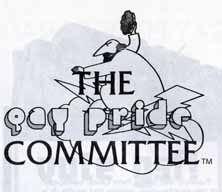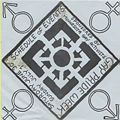Difference between revisions of "Twin Cities Pride Festival"
| Line 51: | Line 51: | ||
Image:Svc_pguide9.jpg| | Image:Svc_pguide9.jpg| | ||
Image:Svc_pguide10.jpg| | Image:Svc_pguide10.jpg| | ||
| − | Image: | + | Image:Svc_pguide11.jpg| |
Image:Svc_pguide12.jpg| | Image:Svc_pguide12.jpg| | ||
Image:Svc_pguide13.jpg| | Image:Svc_pguide13.jpg| | ||
Image:Svc_pguide14.jpg| | Image:Svc_pguide14.jpg| | ||
| − | Image:| | + | Image:Svc_pguide15.jpg| |
| − | Image:| | + | Image:Svc_pguide16.jpg| |
| − | Image:| | + | Image:Svc_pguide17.jpg| |
| − | Image:| | + | Image:Svc_pguide90.jpg| |
| − | Image:| | + | Image:Svc_pguide19.jpg| |
| − | Image:| | + | Image:Svc_pguide20| |
| − | Image:| | + | Image:Svc_pguide21| |
| − | Image:| | + | Image:Svc_pguide22| |
Image:| | Image:| | ||
Image:| | Image:| | ||
Revision as of 15:21, 2 March 2010
Loring Park, Minneapolis, MN
 1976 Twin Cities Pride Poster, 1976. Courtesy of the Jean-Nickolaus Tretter Collection in GLBT Studies. |
The most significant annual event in Minnesota’s LGBT history began in 1972 as a picnic in Loring Park’s northeast corner. Organized by F.R.E.E. at the University of Minnesota and members of Gay House, the state’s first Pride celebration was a simple social gathering with less than 100 attendees. These young people gathered to celebrate the Stonewall Riots in New York City.
|
| The event became a true festival around 1990, following the trend of other Pride celebrations. With attendance numbering in the thousands and scores of vendors, the Pride Committee requested vendor applications and began to arrange booths around Loring Lake.
Music venues also expanded and required multiple stages by the mid-90s. The Pride Committee started accepting corporate sponsorship money in the late 1990s to accommodate this exponentially-increasing patronage. As 2000 came and went, attendance numbered more than 100,000 people.(3) |
'The Twin Cities Pride Committee Logo, c.1977. The image is a reference to the once-popular act of pieing (see:the Cathedral of St. Paul) Courtesy of the Jean-Nickolaus Tretter Collection.'
|
The 2000s were a decade of expansion, outreach, and professional development. Vendors stalls and non-profit booths—numbering in the hundreds—spanned out from the lake along park paths. The Pride Committee expanded events throughout the calendar year and introduced a new “family area” and a space for commitment ceremonies.(4) In its 38th year, Pride expects an attendance of 400,000—more than the population of the City of Minneapolis, making it the third-largest pride event in the nation.
Pride Guides
1975 Pride Guide. Ruth Sherman acts as Grand Marshal of the Twin Cities Pride Parade. Approximately 500 attend.
1977 Pride Guide. The first booths and vendors set up in Loring Park, and the parade changes to Hennepin Avenue.
- Svc pguide20
- Svc pguide21
- Svc pguide22
(1) Tretter, Jean-Nickolaus, Interview with the author and Jacob Gentz. January, 2009.
(2) Curnoyer, Nancy "Nan." Interview with the author and Jacob Gentz. February, 2009.
(3) Twin Cities Pride Guides, 1991-1998. From the "Twin Cities Pride Collection." Jean-Nickolaus Tretter Collection ing GLBT Studies: University of Minnesota Libraries.
(4) Nienaber, William (Bill). Interview with the author and Jacob Gentz. April, 2009.
Part of Minneapolis/St. Paul, MN: 100 Queer Places in Minnesota History, (1860-1969), (1969-2010)



















